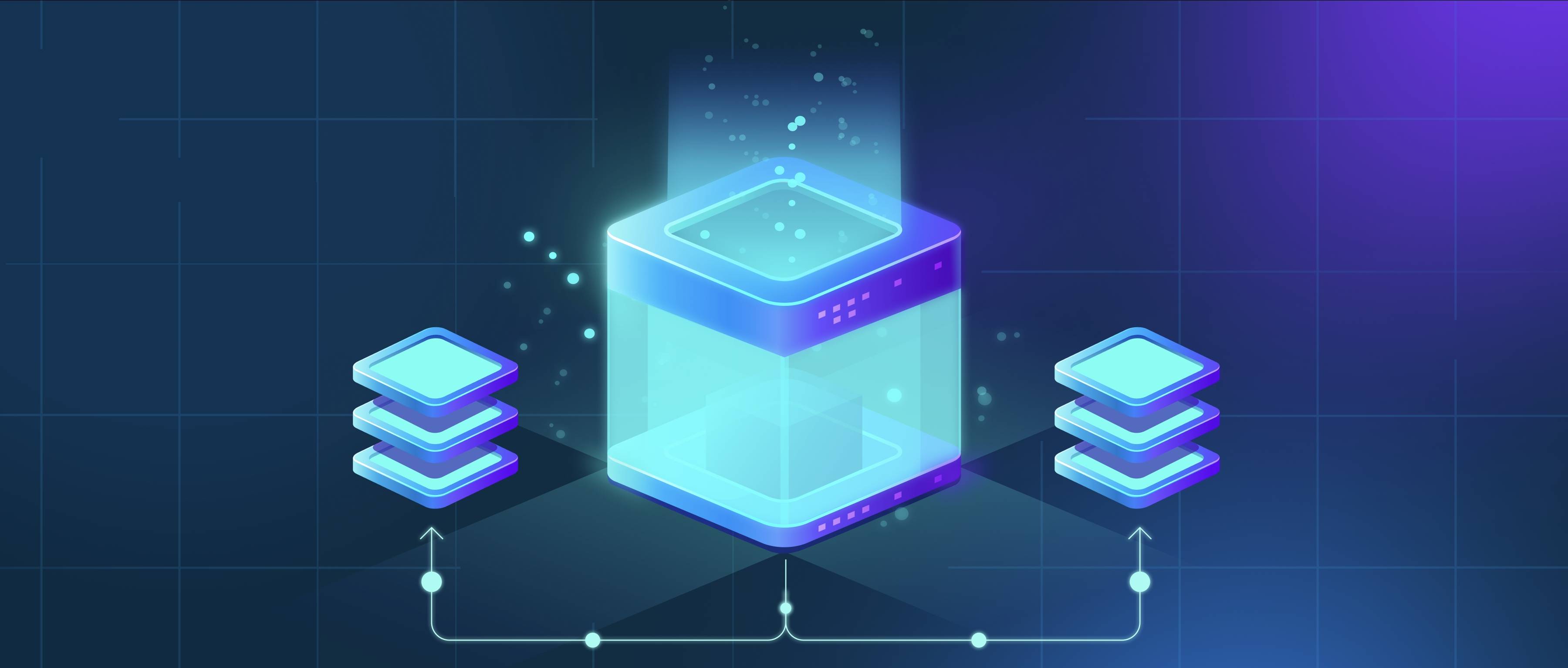Graph-based reasoning models are computational frameworks designed to process and analyze data represented as graphs. In these models, data is structured in the form of nodes (which represent entities) and edges (which represent relationships between those entities). This approach is especially useful for tasks that involve understanding complex relationships or dependencies, such as social network analysis, recommendation systems, and knowledge representation. By utilizing the inherent structure of graphs, these models can perform reasoning tasks that traditional linear approaches might struggle with.
One key feature of graph-based models is their ability to leverage the connections between nodes to derive insights or make predictions. For example, in a social network, a person’s likelihood to be friends with another can often be inferred from their common connections. Graph-based reasoning can employ algorithms like graph neural networks (GNNs) to process this information, allowing the model to learn which relationships are most significant based on the graph's overall structure. This is particularly beneficial in applications where the data is not only about individual entities but also about how they interact or relate to one another.
Another advantage of graph-based reasoning models is their flexibility in representing diverse types of data and relationships. They can accommodate various forms of interactions, whether they be directional (like a follower-following relationship in social media) or undirected (like co-authorship in academic papers). Furthermore, these models can be employed in multiple domains, including healthcare for patient data analysis, finance for fraud detection, and even natural language processing to understand semantic relationships in text. By modeling data in this way, developers can build more intuitive and accurate solutions to complex problems that involve interconnected information.
